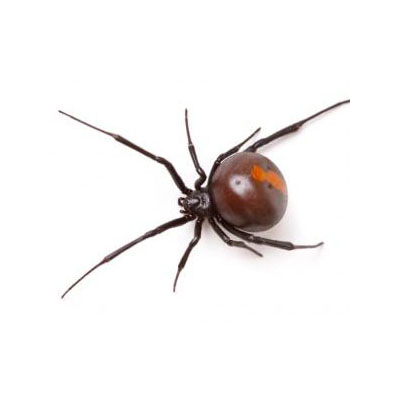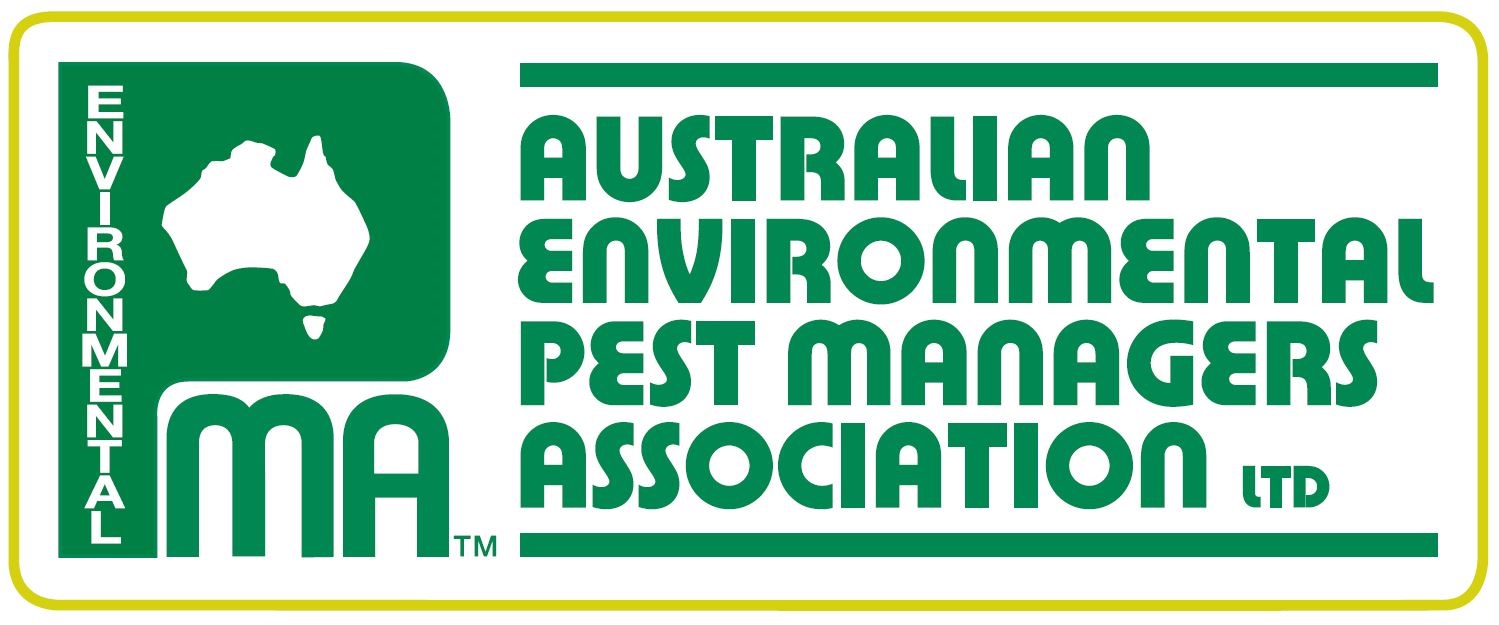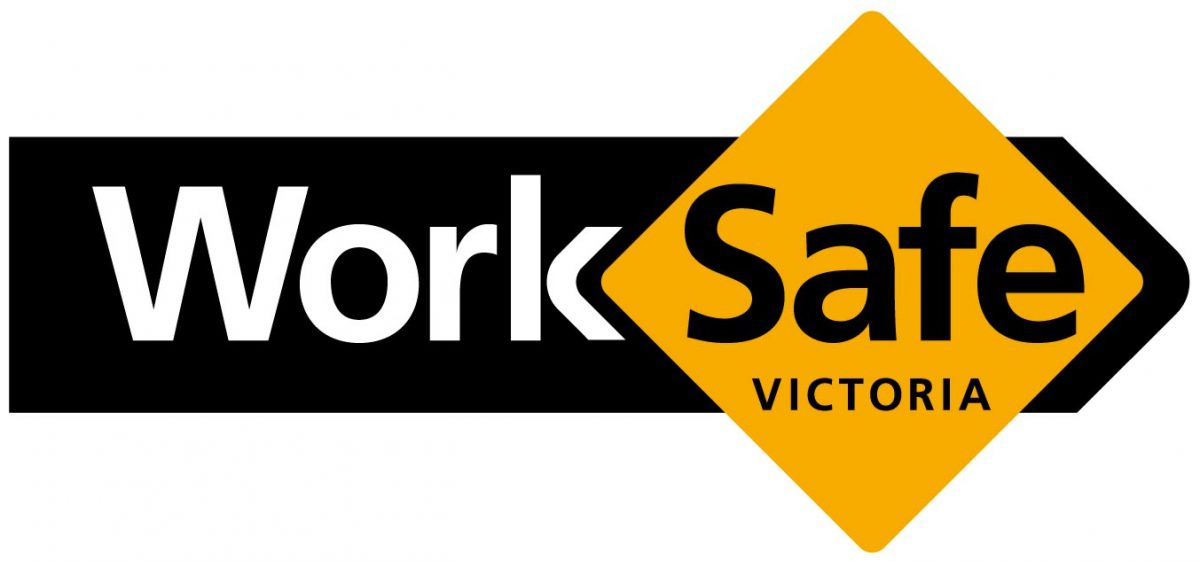Spider Control

Spider control is the process of removing all unwanted spiders from your home. For fast-acting pest control for spiders, contact Pest-Zap today. We are licenced and insured experts with years of spider removal experience. We service all throughout the Eastern Suburbs of Melbourne.
Spiders can be a scary pest, who dwell in the dark cracks and corners of your home. They can also be outside creating cobwebs in your lovely garden, garage and patio.
Often times we see an old garage or unused room in the house being overrun by spiders. Our spider control service will quickly identify the species and provide the right treatment to get rid of these terrifying little creatures and have your room accessible in no time.
Pest-Zap Spider Control Service
Pest-Zap is an established, certified and registered professional pest control business. We have been providing Melbourne’s eastern suburbs with leading spider control services since 2014. With over 6 years of professional experience, we offer fast response times with round the clock 7 days a week spider control. This means that If immediate spider pest control is required in your home, we are available to help.
We only use safe and proven spider control products. We only use the safest and most environmentally products available. Family and environment safety is key in our business plan.
Trust and reliability are key components when it comes to spider control. If the spider pest problem returns within our warranty period, we provide a 100% free retreatment of the infected area.
Reasons to Choose Pest-Zap
- Reasons to Choose Pest-Zap
- free spider quote
- Local family-owned and operated
- Licensed and insured
- Experienced and knowledgable
- Free retreatment service within the warranty period
- industry tested and proven safe products
Get in touch today for a free quote and learn more about how we can help resolve your spider pest problems today.
The types of spiders found in Victoria:
Redback Spider - (webbing) 5mm-10mm in length. The female is dark brown to black in colour with a distinctive red hour-glass shaped marking on the abdomen. The male is light brown with a white hour-glass shaped marking on the abdomen and is smaller than the female. Found in sheds, in garages, on outside furniture, in refuse bins and old containers, under verandas and under toilet seats. Not aggressive, but bites are very painful and highly venomous. Seek immediate medical attention.
Brown House Spider - (webbing) 5mm-10mm in length. Brown in colour with a white crescent-shaped marking on the abdomen. Similar in size, colour and body shape to the male Redback Spider and often confused with it. Found indoors hiding in dark spaces, inside or under furniture. Also found in sheds, under benches, flower pots and refuse bins. Mildly toxic but not aggressive.
Badge Huntsman Spider - (non-webbing) 16mm-20mm in length. Orange to pinkish brown in colour with a black shield shaped marking with two white spots on underside of abdomen. Found in trees and foliage and seldom enter buildings. Nocturnally active. Mildly toxic but not aggressive.
Huntsman Spider - (non-webbing) 25mm-35mm in length. Brown to grey in colour with several pairs of darker spots on upper side of abdomen. Commonly found indoors and sometimes even in vehicles. They hunt at night on walls and ceilings and can move quickly, often in a sideways direction. Mildly toxic but timid.
Victorian Funnel-Web Spider - (strand-webbing) 20mm-30mm in length. Shiny dark brown to black in colour. Related to the Sydney Funnel-Web Spider but not dangerous. Found in moist dark places, burrows in the ground and holes in trees. Uses trip wires of strands of silk at the entrance of the burrow or hole to sense its prey, and then pounces. Can be aggressive but only very mildly toxic.
White Tailed Spider - (non-webbing) 15mm-20mm in length. Dark grey in colour with reddish brown legs and a white patch at the tip of the abdomen. Cylindrical shaped body with front legs directed forward. A vagrant hunter which feeds mainly on other spiders. Often found under the bark of trees. Nocturnally active and often enters buildings. Bites by this spider are relatively frequent due to its wandering habit. Toxic but not aggressive. Seek medical attention if bitten.
Black House Spider - (webbing) 10mm-20mm in length. Robust and hairy body. Shiny black with duller abdomen. Found in sheds, toilets, corners of window frames and doors, under eaves, guttering and crevices of brickwork. Mildly toxic but not aggressive.
Jumping Spider - (non-webbing) 10mm-15mm in length. Comes in a variety of colours and has large distinctive eyes. Found under bark and rocks, in vegetation and on walls around buildings. Has the ability to jump several centimetres. Timid and harmless.
Daddy-Long-Leg Spider - (webbing) 16mm-20mm in length. Small pale brown body with extremely long and slender legs. Found indoors in dark areas behind doors or furniture and often found nesting in the cornices. Folklore has it that its venom is extremely poisonous but is unable to bite. Timid and harmless.
Spiders can be essentially categorized in three groups:
- Trappers: those that build an elaborate sticky silk web and wait for their prey to walk or fly into it.
- Stalkers: those that hunt down their prey or sneak up on them, jump on them, kill then and eat them.
- Abductors: those that sit quietly in their funnel-shaped web or hide nearby and attack any suitable prey that approaches their nest.
Spiders can be a particular nuisance. They are attracted to warm, dark and small spaces like wall cracks, air vents, corners and in the eaves of buildings. Certain spiders prefer to stay outdoors, weaving their webs in the garden or near outside lighting.
Spiders are known to be beneficial arachnids for the simple reason that they keep the insect population under check. However, they can quickly become pests themselves, with some species inflicting painful bites that can be potentially harmful to family members and pets, and in extreme cases their bites can be fatal to babies and young children.
Spiders are most likely to enter a building in search of warmth and shelter, especially in cold or wet seasons. There are several ways to prevent and control a spider problem:
- Vacuum and dust regularly.
- Remove noticeable webs.
- Fill in gaps in walls and around doors and windows.
- Remove sheltering sites like firewood and storage boxes.
- Use lightning less attractive to insects (ie. yellow bulbs).
- Hose down the outside of the building on a regular basis.
- Trim back branches and plants touching the walls.
- Clean closets and other usually undisturbed areas.
- Destroy any visible spider egg sacks.
All common spiders feed on live prey. This makes it difficult to control spiders because you cannot bait them as you would cockroaches and ants. Different spiders have different hunting and hiding behaviours, so they cannot all be exterminated in the same manner. Some can be caught with spider traps and others need to be sprayed or dusted. Insecticidal dusts work well on spiders which hide in cracks, crevices and crawlspaces. Also, when applied lightly to the spider web, the dust particles collect on the webbing which the spider usually recycles by eating to provide more fresh silk, thereby poisoning and killing the spider. Water based sprays containing Pyrethrins or Pyrethroids are very effective in killing many different types of spiders, both inside and outdoors. Because these insecticides have no residual effect, an additional treatment may be needed at a later stage to kill off any baby spiders that have hatched since the first application.
An experienced and qualified PEST–ZAP technician is trained to rid your premises of unwanted spiders and to advise you how to keep your home or business spider free.
Ready to get started
PEST-ZAP specialises in the control of common domestic pests near Melbourne making your home safer for your family.

